Optimal Timing for Foundation Repairs
Foundation repairs are most effectively performed during specific times of the year when environmental conditions favor stable and lasting results. Understanding the optimal timing can help ensure the longevity and effectiveness of repair work, reducing potential complications caused by weather or soil conditions.
Spring offers moderate temperatures and increased soil moisture, ideal for foundation work. However, wet soils may require additional drying time.
Summer provides warm and dry conditions, making it suitable for foundation repairs. High temperatures can accelerate curing processes.
Fall is often considered optimal due to cooler temperatures and stable soil conditions. Avoiding early winter ensures repairs are well-set before cold weather.
Winter is generally less ideal due to freezing temperatures and frozen ground, which can hinder repair processes and soil movement.
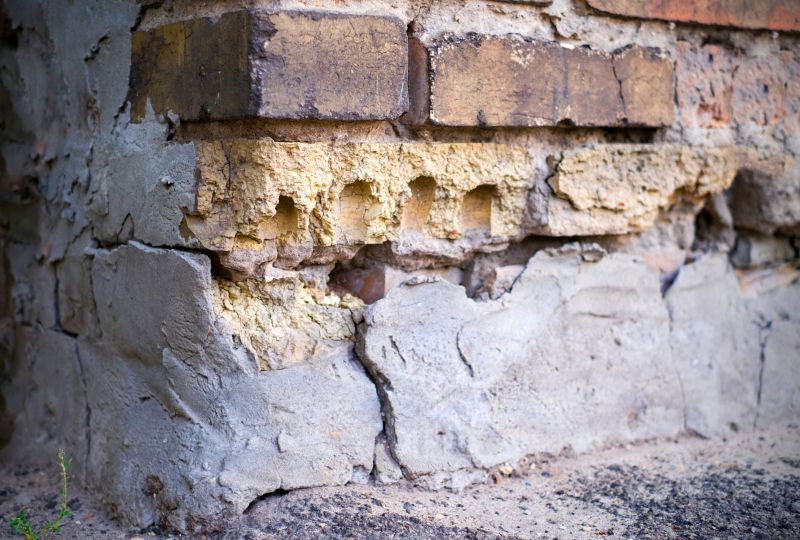
Spring's moisture levels can impact repair timing and effectiveness.

Warm, dry weather supports efficient foundation stabilization.
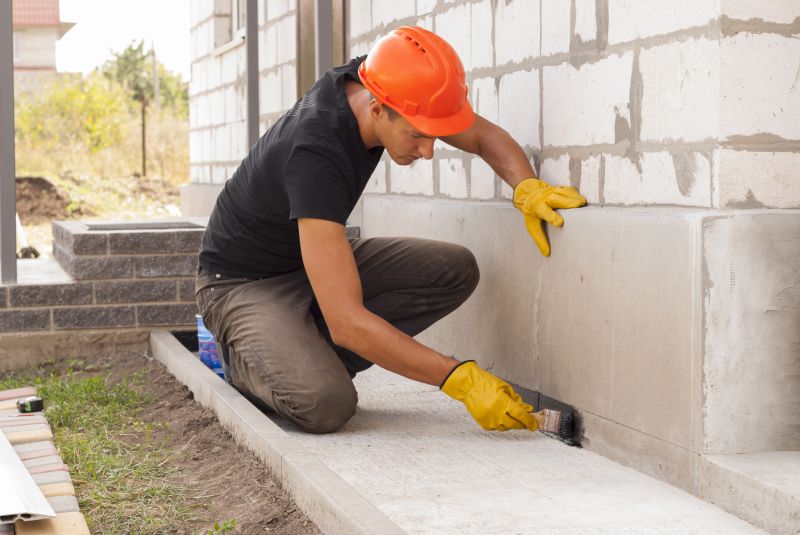
Cooler temperatures and stable soil conditions make fall ideal.
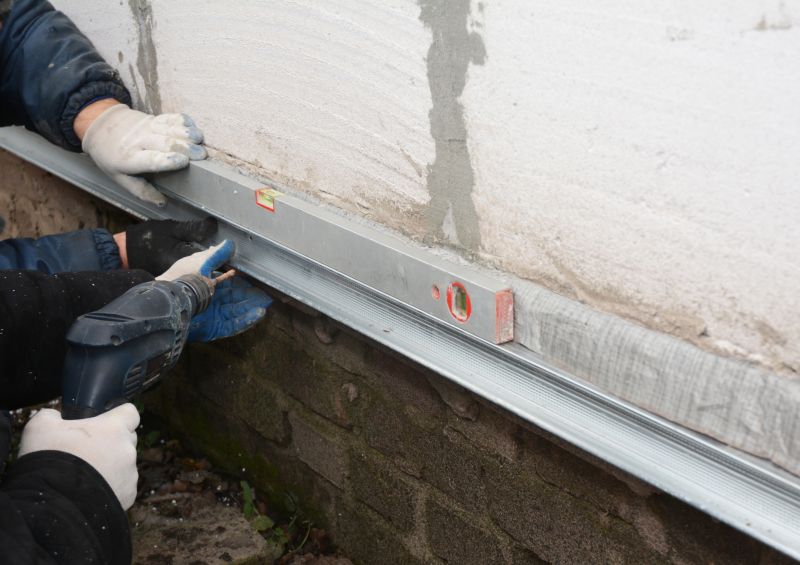
Ways to make Foundation Repairs work in tight or awkward layouts.
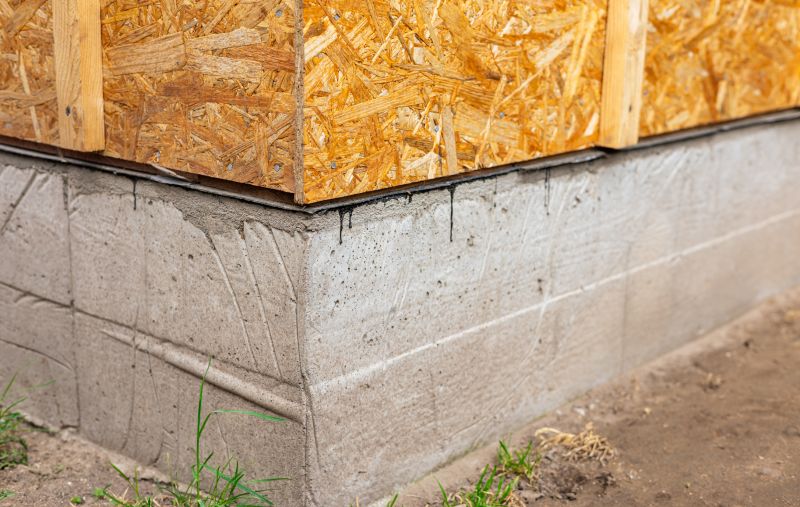
Popular materials for Foundation Repairs and why they hold up over time.
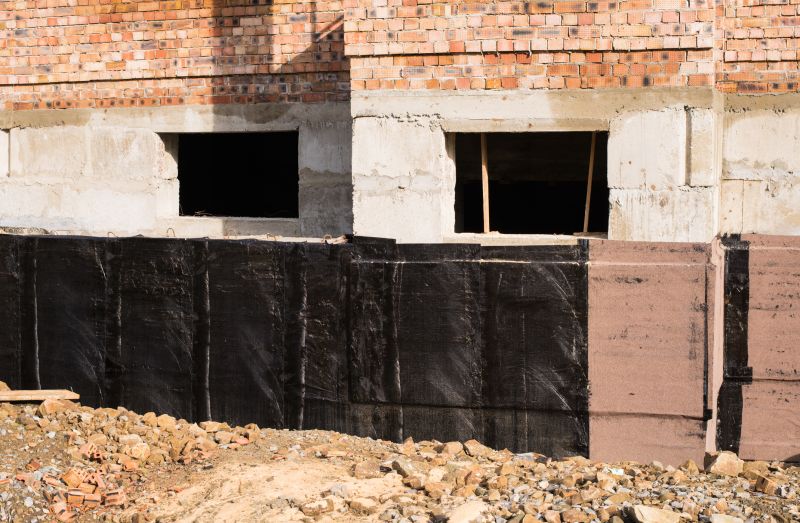
Simple add-ons that improve Foundation Repairs without blowing the budget.
| Season | Recommended Timing |
|---|---|
| Spring | Late March to early June |
| Summer | June to August |
| Fall | September to November |
| Winter | December to February |
Foundation repairs involve addressing issues such as settling, cracking, or shifting of a building's base. These repairs often include underpinning, piering, or stabilization techniques to restore structural integrity. Proper timing ensures that soil conditions are favorable, reducing the risk of future movement or damage.
Statistics indicate that foundation issues affect approximately 25% of all homes in regions with variable soil conditions. Timely repairs can prevent more extensive and costly damages, preserving property value and safety.
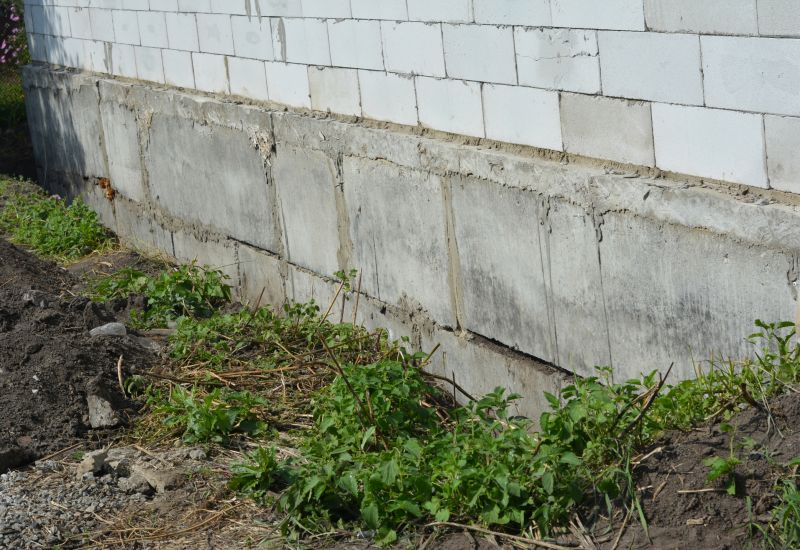
Visual overview of underpinning and stabilization techniques.

Specialized equipment for soil stabilization and underpinning.
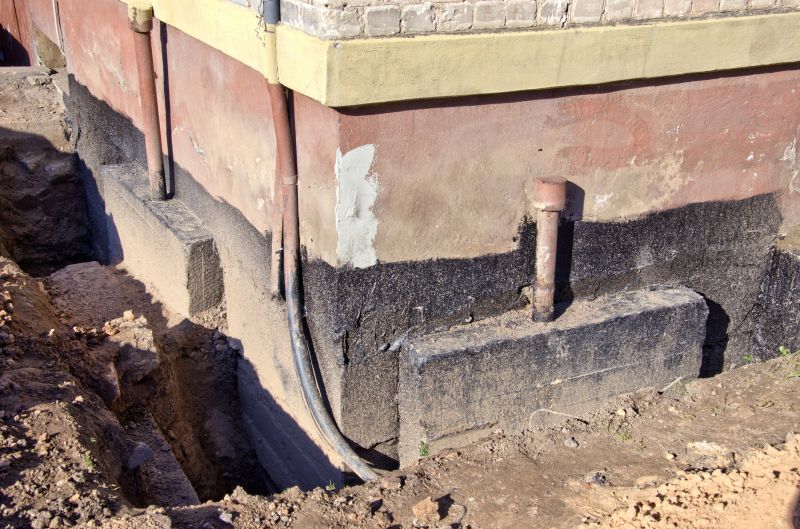
Visual transformation showcasing repair effectiveness.
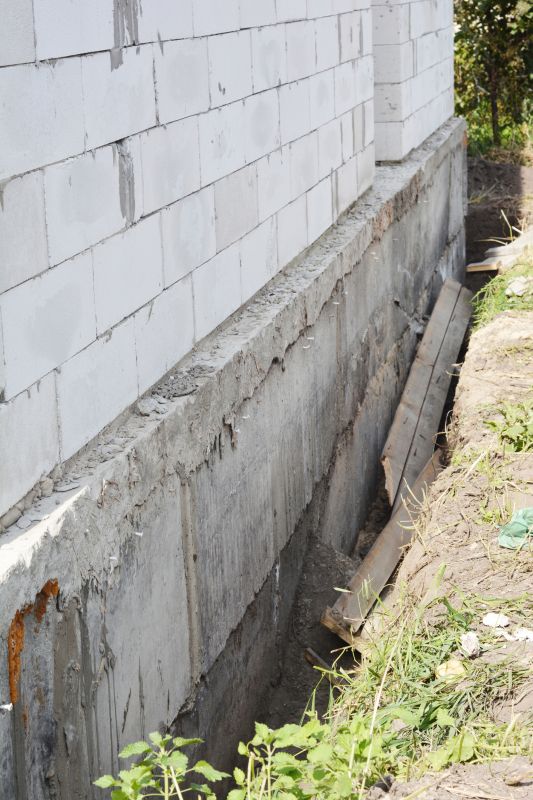
Methods to improve soil consistency before repairs.
Interested in foundation repairs? Filling out the contact form can provide more information on scheduling and assessment options. Proper timing and professional intervention are key to maintaining the stability and safety of a property.

